George Washington’s Mulatto Man – Who Was Billy Lee?
Rated 3.00 out of 5 based on 3 customer ratings
(3 customer reviews)
In “George Washington’s Mulatto Man – Who was Billy Lee?” author James Thompson pieces together the story of Billy Lee, a young man purchased by George Washington in 1767, whose unique bond with the future president spanned over three decades. Though historical records offer only brief mentions of Billy, they hint at a relationship far deeper than that of master and slave.
Description
In “George Washington’s Mulatto Man – Who was Billy Lee?” author James Thompson pieces together the story of Billy Lee, a young man purchased by George Washington in 1767, whose unique bond with the future president spanned over three decades. Though historical records offer only brief mentions of Billy, they hint at a relationship far deeper than that of master and slave.
Thompson explores this mystery, arguing that Washington knew not only Billy’s previous owners but also his parents—a connection that may have influenced his decision to purchase the 17-year-old boy and his brother from a distant relative. This bond remained unbroken, with Washington freeing Billy in his will and granting him a lifetime annuity.
The book also features a portrait of Billy Lee, painted by Charles Willson Peale, depicting him at Washington’s side, where he often was. Through meticulous research, Thompson uncovers how preconceived notions about race and history have obscured the truth about their connection. His work not only highlights the qualities that made George Washington a remarkable figure but also challenges our understanding of race and relationships in colonial America.
3
Rated 3 out of 5
3 reviews
Rated 5 out of 5
0
Rated 4 out of 5
1
Rated 3 out of 5
1
Rated 2 out of 5
1
Rated 1 out of 5
0
3 reviews for George Washington’s Mulatto Man – Who Was Billy Lee?
Clear filters
Add a review Cancel reply
Related products
Hillbilly Elegy by J. D. Vance
Rated 5.00 out of 5
Natural Selection by Elin Hilderbrand
Rated 5.00 out of 5
The 48 Laws of Power by Robert Greene
Rated 5.00 out of 5
The Housemaid by Freida McFadden
Rated 5.00 out of 5
The Lightning Thief (Percy Jackson and the Olympians 1)
Rated 5.00 out of 5
The Women by Kristin Hannah
Rated 5.00 out of 5

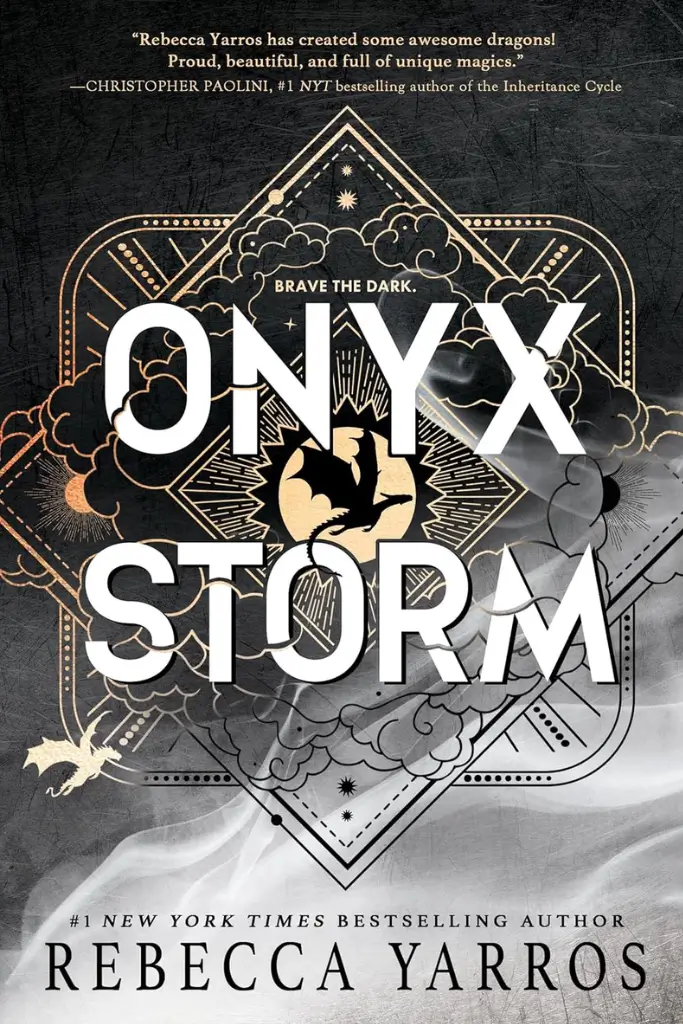
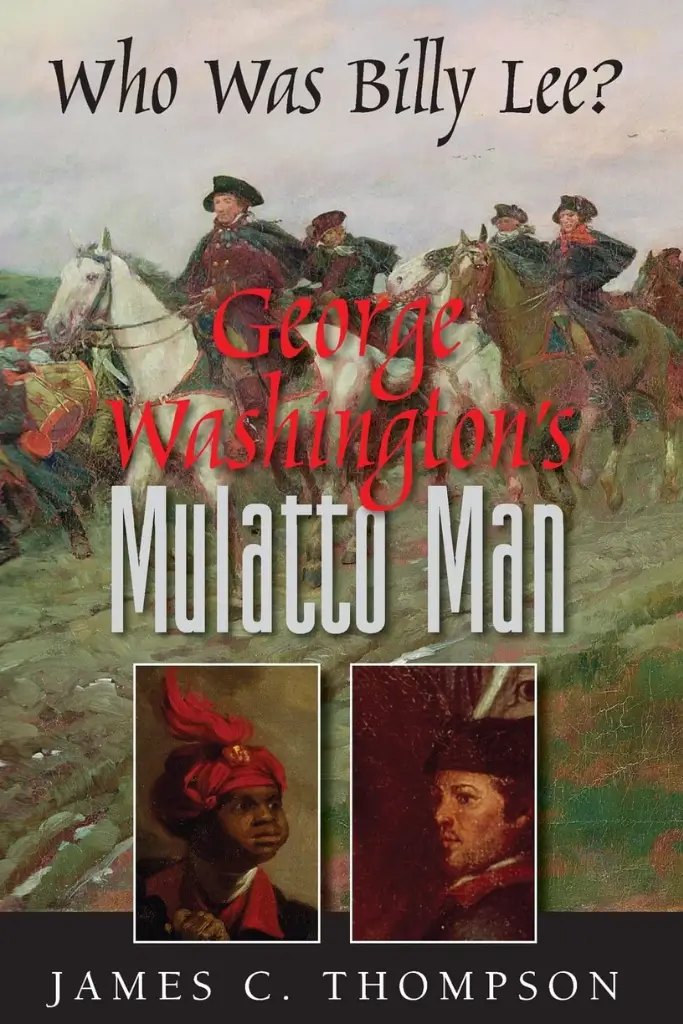
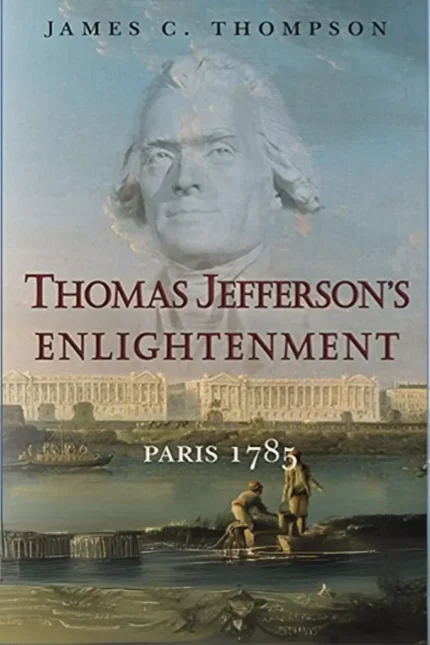
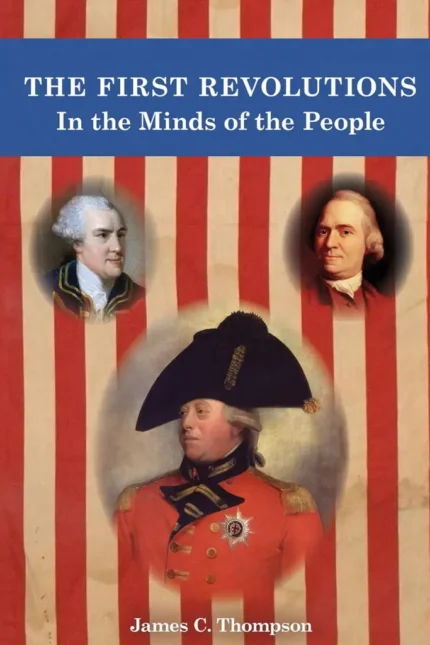



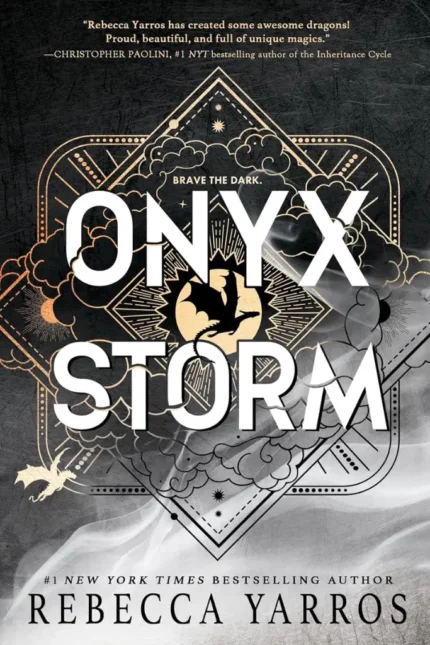


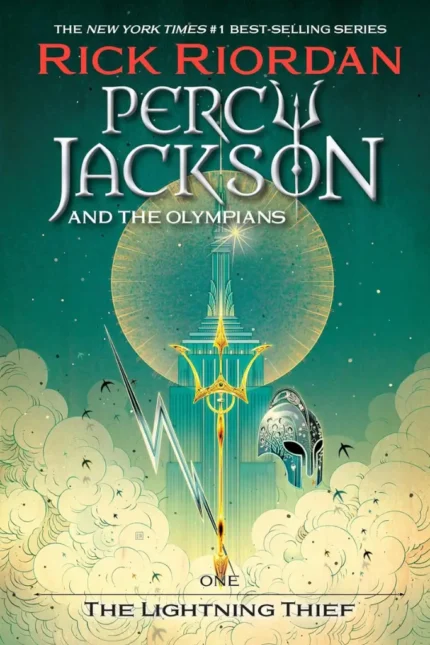

David Wineberg –
Tom Stoppard wrote an entire play and film about two men who are mentioned, but never appeared in Hamlet. James Thompson has written an entire book assembling the life of Billy Lee, who left no evidence of his own. In researching the independence era, it seems Thompson kept coming across mentions of Lee. He seems to have collected them all, and reassembled them into a life, complete with decisions and moral judgments . Remarkable.
Looking back from the 21st century, this was a bizarre time for families and slaves. There was all sorts of mixing of the races, but when the children were born, what we now call racism took over. Children born largely white entered society. Children born with African features became slaves, despite their parents’ freedom. They became family secrets. First Lady Martha Washington owned her half-sister Ann. She also owned a nephew, William, who was also her grandson. And slave.
Lee was a mulatto, born of another Washington. George Washington agreed to take him and his brother on, and paid for them. Lee, an excellent horseman, accompanied Washington throughout the Revolutionary War, and relieved Washington of the small details of his life so he could focus on strategy. It was a helluva life, and as Thompson notes, Lee lived better than most colonists, let alone slaves.
We don’t know if he could read or write, and the only images of him are in the background of portraits of Washington. (He is completely different in every one. See photo below for probably the most accurate one.) But from notes, references, receipts and snippets of letters between other people, Thompson has constructed what was a 32 year collaboration between master and servant. It’s almost entirely inference and assumption.
Lee’s story is good for about 150 pages, but Thompsons goes on after that for another 350 pages. It turns out Thompson believes George Washington wasn’t just the greatest man in the world; he believes Washington was the greatest man in all of history. He says so several times. The book takes a completely unexpected turn to the full lineage of the Washingtons and the Fairfaxes as far back as they go, and a history of the machinations and shenanigans that made Virginia. The family tree is almost as dry as the Old Testament, with page after page of marrying and begetting, and often no other details, or even dates (which start about 1400). There is no point in keeping track of them, because none of them figures in Billy Lee’s life until we get to the mid 1700s. Thompson even provides biographies of the artists who painted Washington’s portraits. The book is a feast of biographies.
Thankfully, Thompson comes around at the end with an analysis, adding perspective, context and real value to what we know. Unfortunately, it is mostly defending George Washington against his other biographers, though he does upbraid the greatest man for maltreating Lee.
This is a very odd “biography” from every angle. Despite the title and the tagline, it mostly about Washington. It is not so much a narrative as a reference source for every conceivable family connection. As such it is a most unsatisfying story of Billy lee.
LTB –
The author does not provide compelling evidence for his theory that George William and Sally Fairfax were the true parents of George Washington’s slave, Billy Lee. It is likely that Billy was the child of one of the Washingtons, but there is no strong evidence for that either. Some of the author’s suppositions are subsequently treated as fact, and more suppositions are made as a result. This does not make for a strong argument, thus the book was quite disappointing. The long section on the ponderous genealogy of early Virginia families were barely connected to the main story. Overall this book did little to enhance knowledge of the period or the players involved, despite the author’s obviously extensive research.
East Coast Music Lover –
It’s a shame no copies are available given that it’s on C-Span today and a fascinating story.